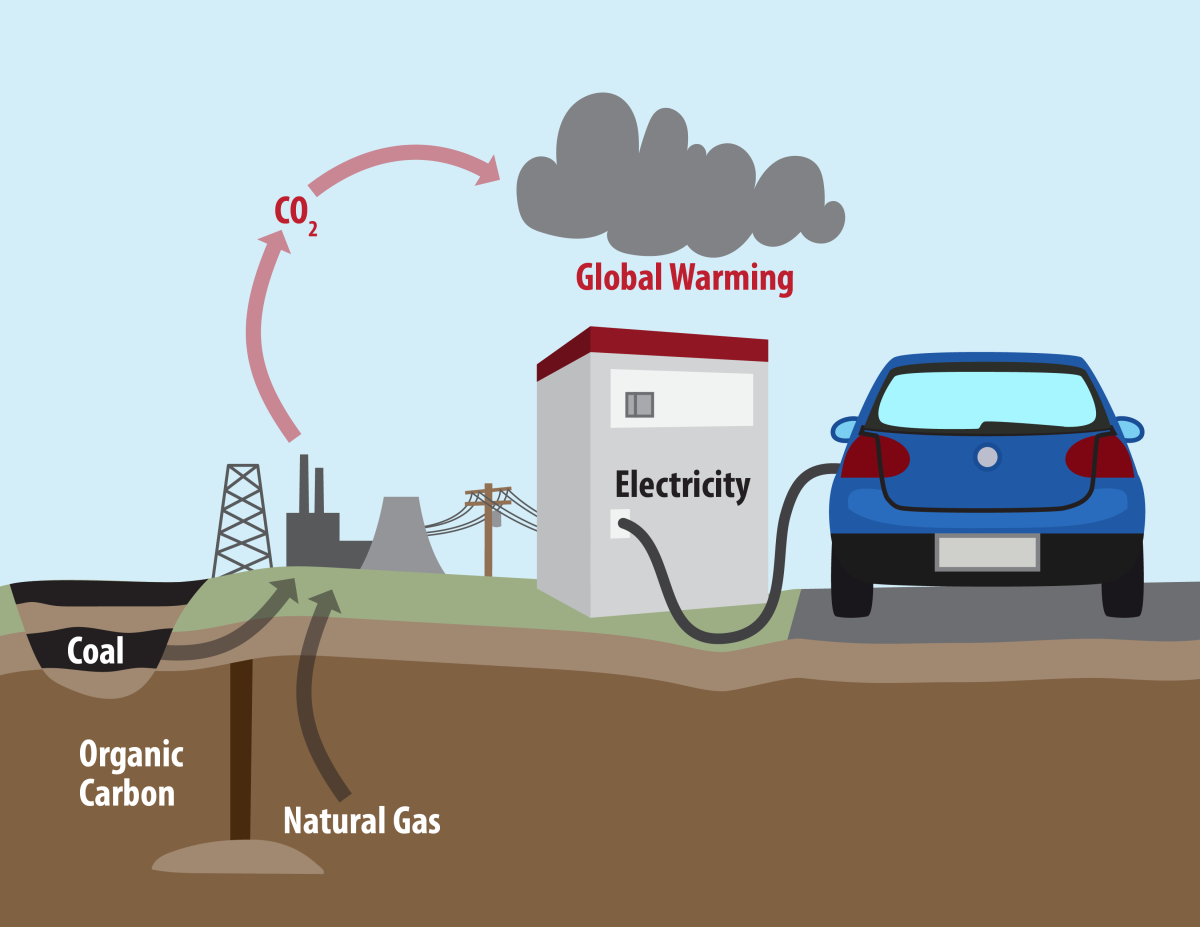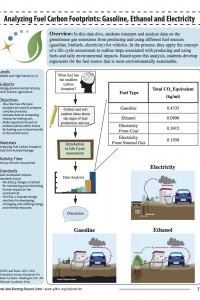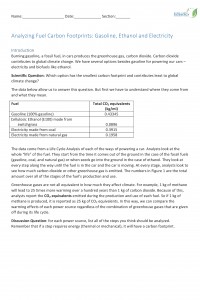
Burning gasoline, a fossil fuel, in cars produces the greenhouse gas, carbon dioxide. Carbon dioxide contributes to global climate change. We have several options besides gasoline for powering our cars – electricity and biofuels like ethanol. In this data dive, students interpret and analyze data on the greenhouse gas emissions from producing and using different fuels for vehicles. In the process, they apply the concept of a life cycle assessment to tally environmental impacts for each step of fuel production and use. Based upon this analysis, students develop an argument based on evidence for the fuel that is most environmentally sustainable.
| Get the Guide | Download the Full Package |
Subjects
Agriculture
Biology
Chemistry
Earth Science
Engineering
Environmental Science
Physical Science
Topics
Carbon Cycle & Climate Change
Sustainable Energy Systems
Concepts/Skills
Carbon cycle, fuels, climate change, life cycle assessment, data analysis, scientific argumentation, nature of science
Prior Knowledge
Familiarity the carbon cycle, causes of climate change and transportation fuel alternatives is helpful.
Time Required
Two 50-minute class periods
Required Supplies
None. Download materials in activity package.


